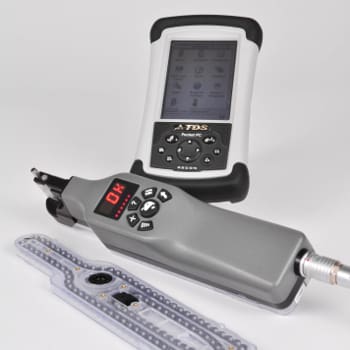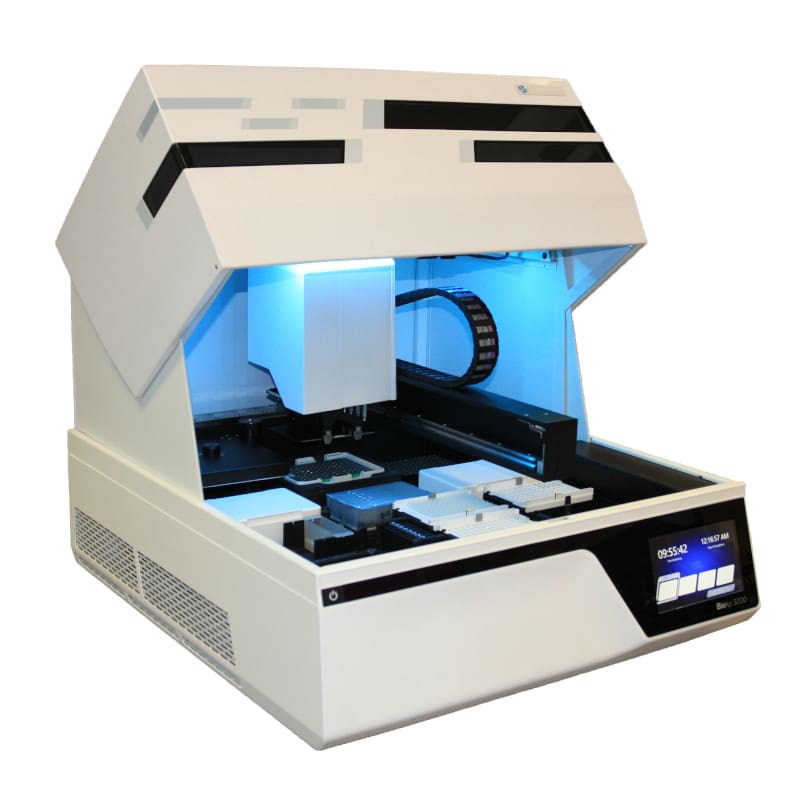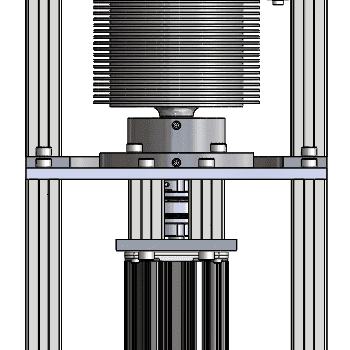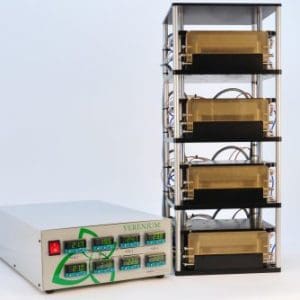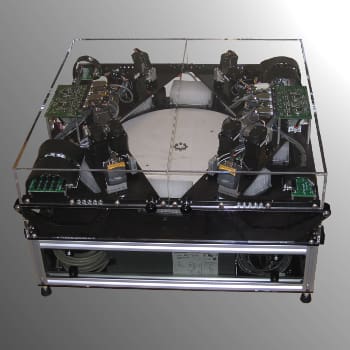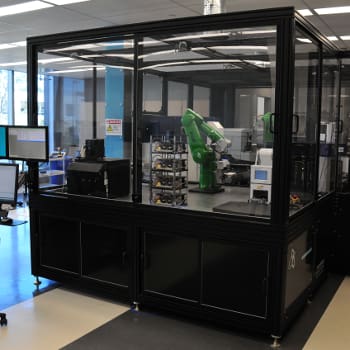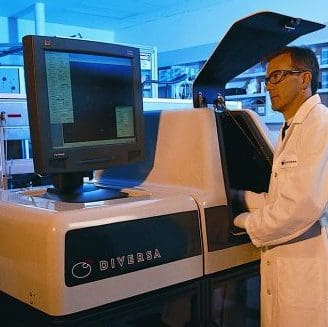DEVELOPING A CUSTOM CELL-CULTURE AUTOMATION SYSTEM
THE CLIENT’S NEED
A biotechnology company that develops bio-based processes to improve the manufacturability of chemicals needed to automate the production of cell cultures. The cell culture automation process included mixing, removal of cellular waste product, and temperature control during growth cycles. The equipment would be used in their laboratories for product development purposes.
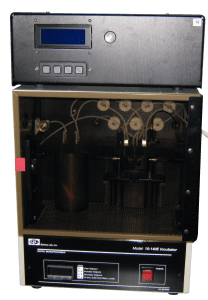
TECHNICAL CHALLENGES: CELL CULTURE AUTOMATION EQUIPMENT
The technical challenges included the measurement of cell density in a flow field, uniform mixing, creation of an anaerobic environment, maintenance of sterility, and control systems for level and temperature maintenance during growth cycles.
NOVO’s solutions on this project included employing flow cytometry to monitor cell density. This also alerted the system to end one growth cycle and start the next. Flow cytometry had the added advantage of allowing small volumes of culture to be monitored as cells were mixed.
To mix the culture in an anaerobic, sterile environment, NOVO designed a system of humidified, pressurized gas and pinch valves. Gas pressure changes did not affect culture volume measurement due to the addition of a non-contact, ultrasonic level sensor and accompanying algorithm.
THE ENGINEERING BEHIND GREAT PRODUCTS
NOVO’s engineering team selected turbidity sensors and ultrasonic level sensors and developed algorithms to obtain accurate flow cytometry and level process data. A novel system of pressurized, humidified gas and pinch valves caused the cell culture fluid to circulate to achieve mixing. The turbidity sensors were qualified over a full range of cell sizes and densities. Software was written to manage the operation of multiple units simultaneously, and a wide range of functional and operator errors were handled.
After the initial unit passed factory acceptance testing in the client’s lab, eight additional units were manufactured and delivered. All of the performance metrics were surpassed:
- Minimal user interaction for runs of up to a month at a time
- Custom electronics integrated with an off-the-shelf microcontroller board, sensors, valve control, and user interface
- Custom control firmware and PC software, allowing connection of one PC to up to five units, with a user interface for programming each with individually specified settings
This project was a good example of cost-effective development of custom equipment for in-house use by trained operators.


